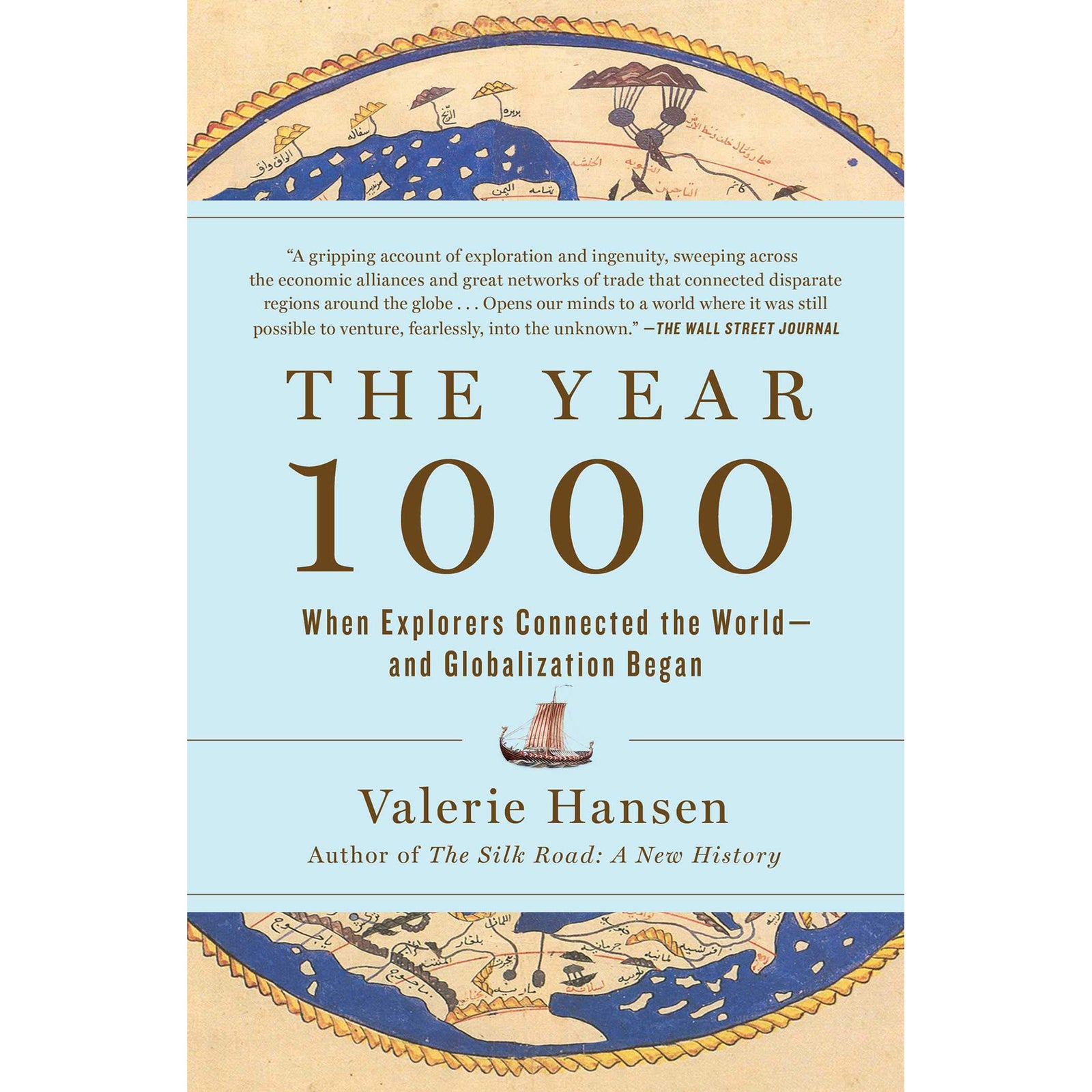

Before the boom in European economic and political power beginning with the era of the Crusades, around 1100, the continent lagged far behind the Islamic world and China in terms of knowledge, influence and commerce. Also, whereas after 1500 power was concentrated in Europe, which was beginning to explore and exploit other regions, in 1000 there were multiple power centres around the planet. Then, merchants, who made and sold things, were among the wealthiest groups in society, and no stock market yet existed.

This world was not capitalist in any sense that we understand today. It will also hold up a mirror to the hopes and fears we experience today.Mass manufacturing was far more prevalent than we might imagine possible Drawing on nearly thirty years of research, she presents a compelling account of first encounters between disparate societies, which sparked conflict and collaboration eerily reminiscent of our contemporary moment.įor readers of Jared Diamond’s Guns, Germs, and Steel and Yuval Noah Harari’s Sapiens, The Year 1000 is an intellectually daring, provocative account that will make you rethink everything you thought you knew about how the modern world came to be.

Valerie Hansen, an award-winning historian, argues that the year 1000 was the world’s first point of major cultural exchange and exploration. But how, then, to explain the presence of blonde-haired people in Maya temple murals at Chichén Itzá, Mexico? Could it be possible that the Vikings had found their way to the Americas during the height of the Maya empire?

People often believe that the years immediately prior to AD 1000 were, with just a few exceptions, lacking in any major cultural developments or geopolitical encounters, that the Europeans hadn’t yet reached North America, and that the farthest feat of sea travel was the Vikings’ invasion of Britain. From celebrated Yale professor Valerie Hansen, a groundbreaking work of history showing that bold explorations and daring trade missions connected all of the world’s great societies for the first time at the end of the first millennium.


 0 kommentar(er)
0 kommentar(er)
